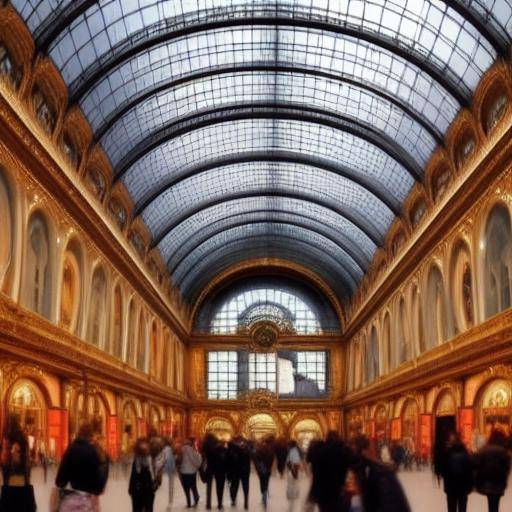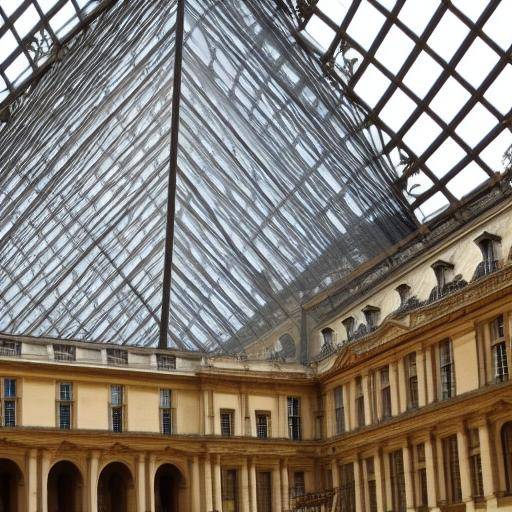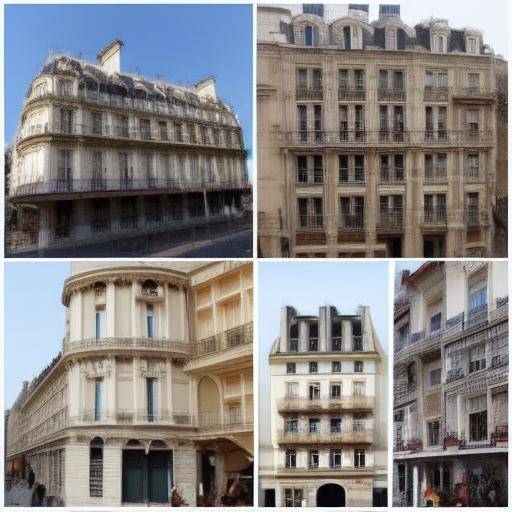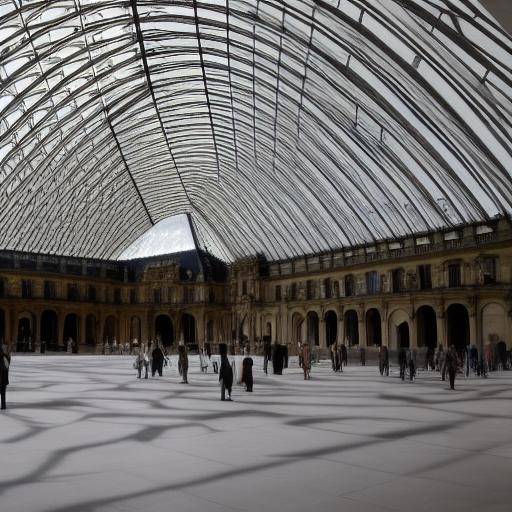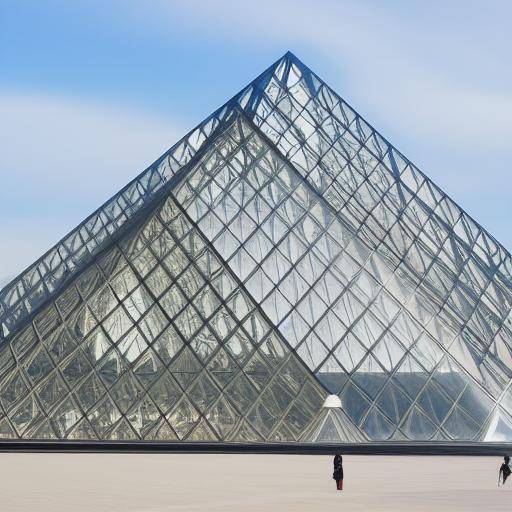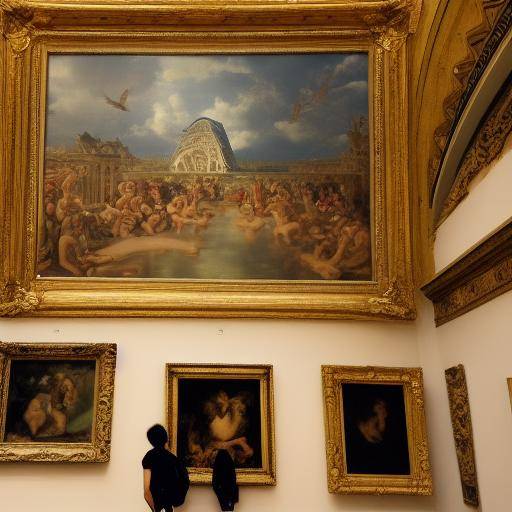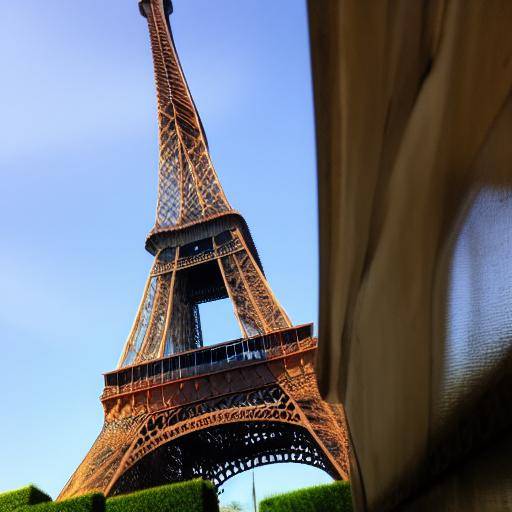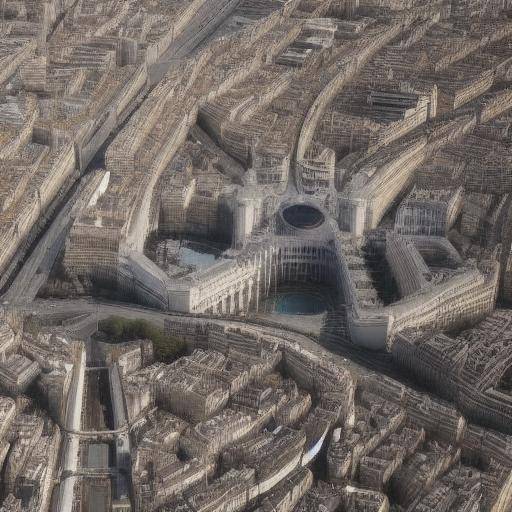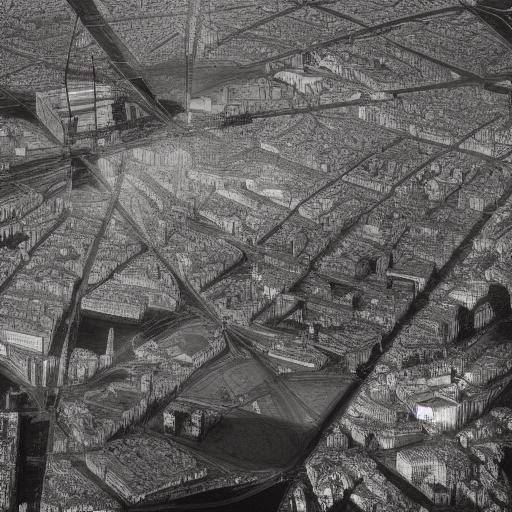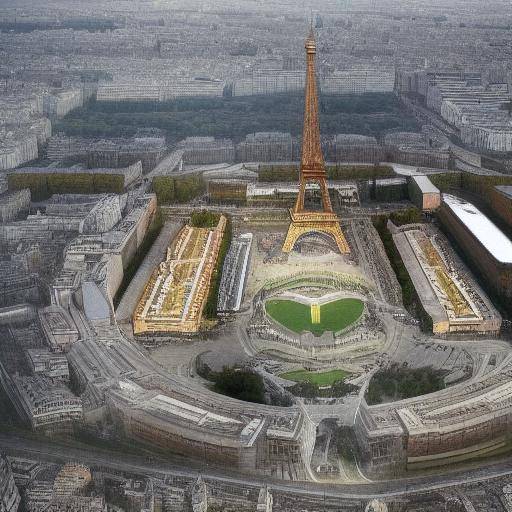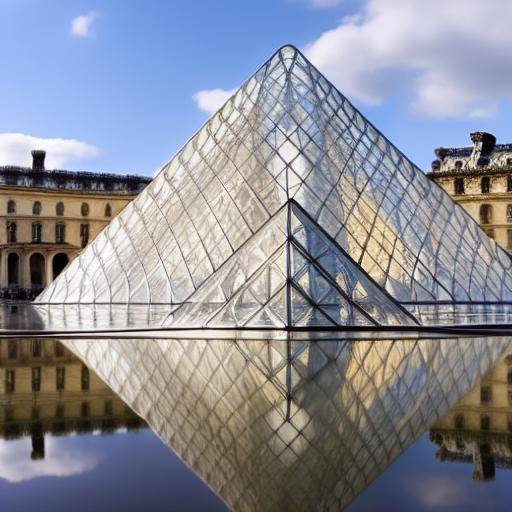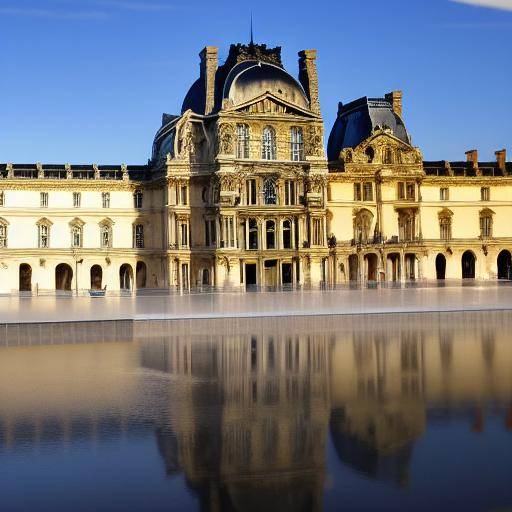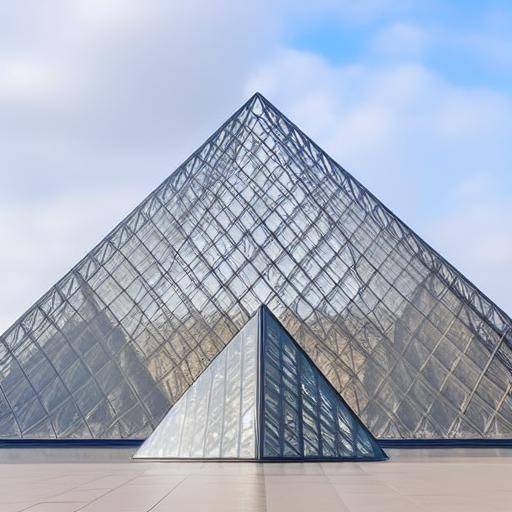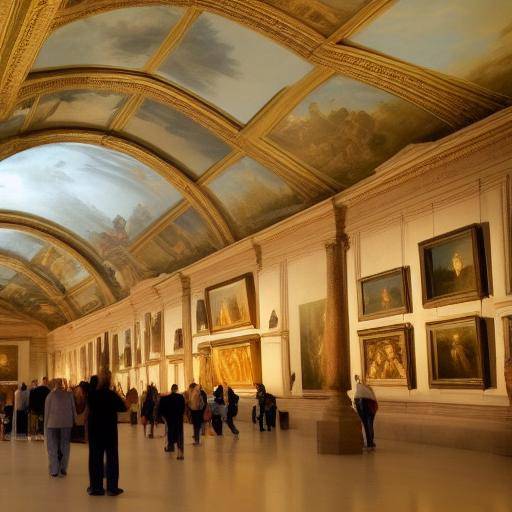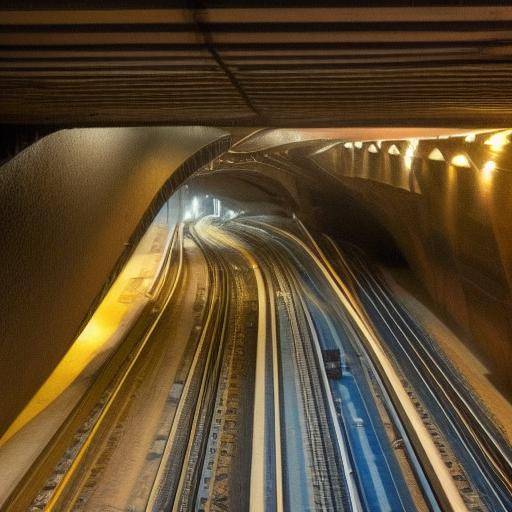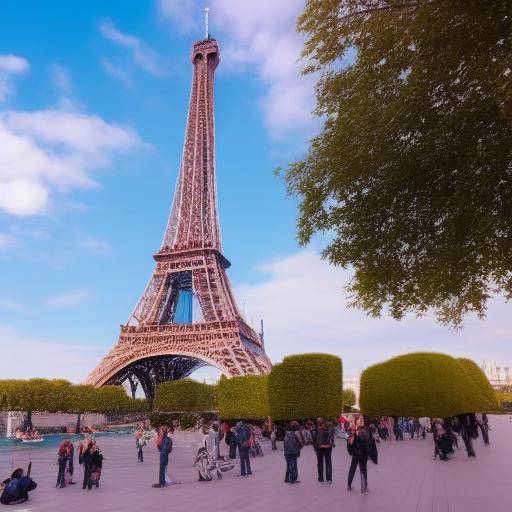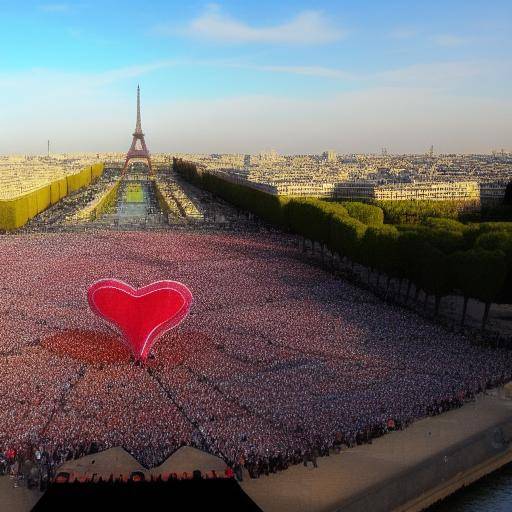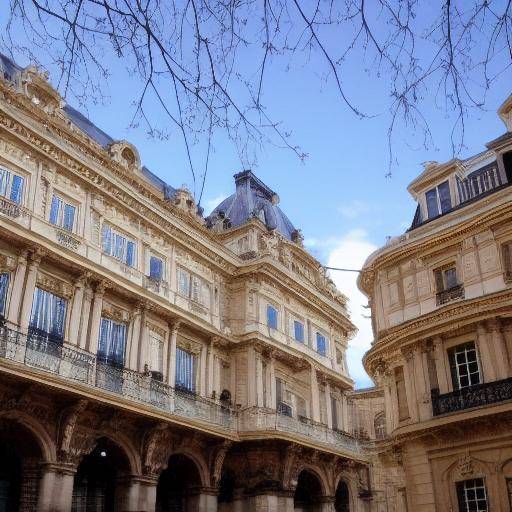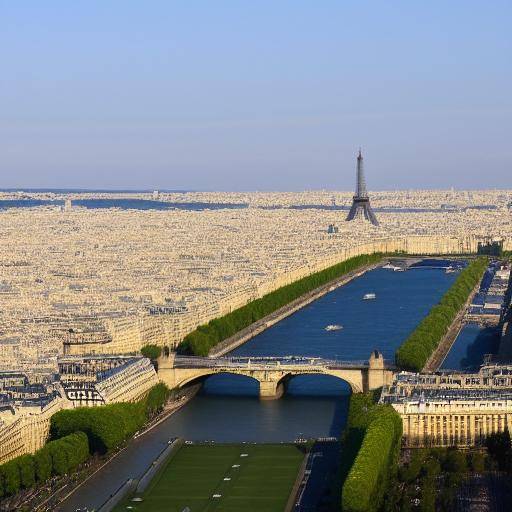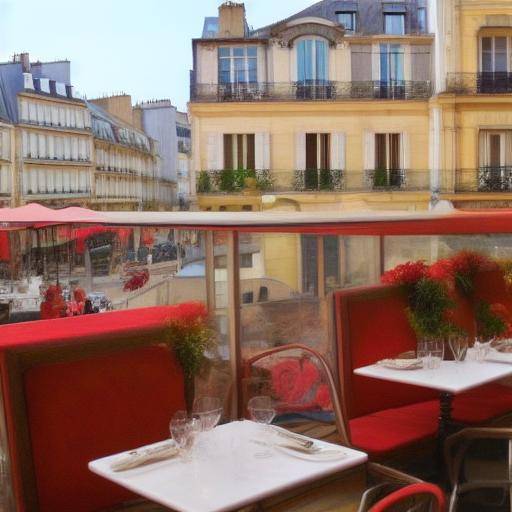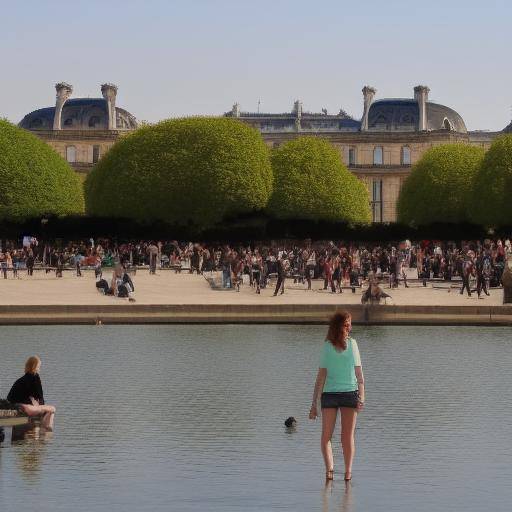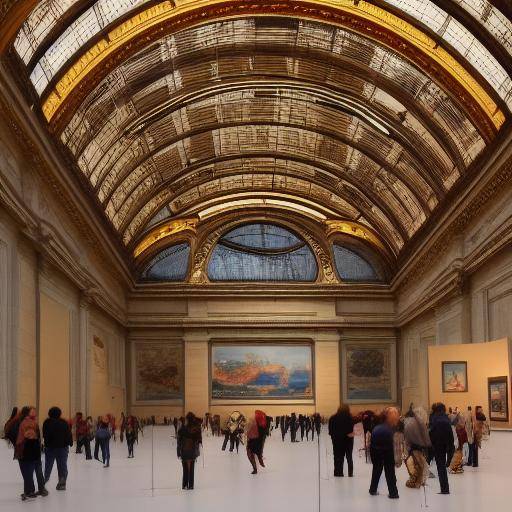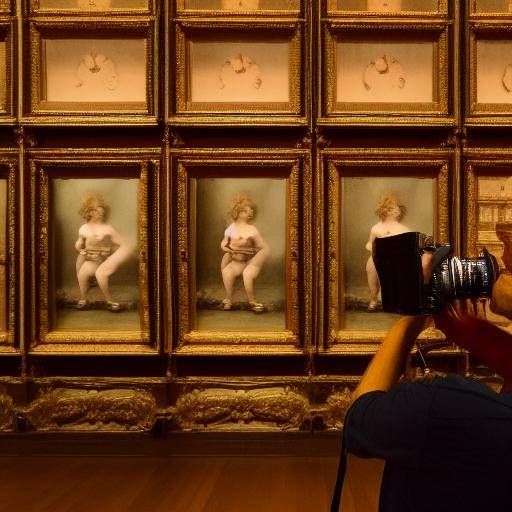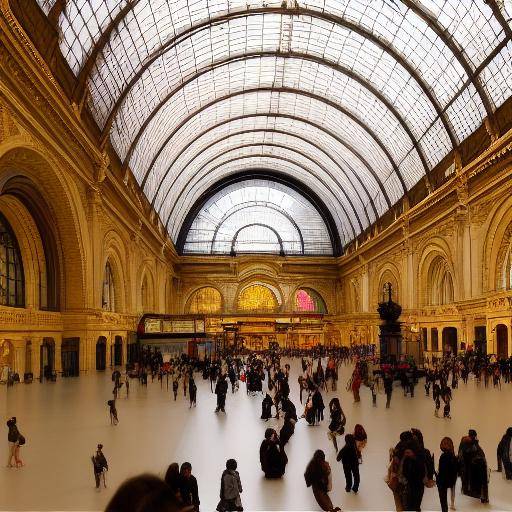
From the majesty of the Eiffel Tower to the cultural wealth of its museums, Paris is a city that captivates travellers with its unique charm. Among its artistic treasures, the Museum of Orsay stands out as one of the destinations that are impermissible for those who seek to immerse themselves in the fascinating history of art. In this guide, we will discover the importance of the Museum of Orsay in Paris' tourism, exploring its collection of impressionist and post-printer art, as well as providing practical advice to make the most of this enriching cultural experience.
History and Background
The Musée de Orsay, located in an old railway station, opened its doors to the public in 1986 with the purpose of hosting an extraordinary collection of 19th century and early 20th century masterpieces. This museum is distinguished by being the home of one of the most important Impressionist and Post-Impressionist collections in the world.
The impressive building that houses the museum brings with it a rich history of itself, from its construction in the Belle Époque era to its subsequent transformation into a cultural icon. The Museum of Orsay is not only a repository of exceptional art, but also a historical monument that encapsulates the spirit of its time.
Detailed Analysis
As we enter the museum collection, we find masterpieces of renowned artists such as Monet, Manet, Renoir, Van Gogh, and other precursors of modern art. These pieces not only offer a window to the creative genius of their authors, but also reveal the evolution of art during an unprecedented period of cultural and social transformation.
The influence of the Orsay Museum in the artistic and tourist narrative of Paris is undeniable. With its focus on Impressionism and Post-Impressionism, the museum gives visitors a unique perspective that enriches their understanding of art and its historical context. In addition, its architecture and strategic location along the Seine make it a focal point for cultural tourism in the city of light.
Exhaustive examination
By comparing the Museum of Orsay with other points of interest in Paris, its singularity as a centre of art becomes evident. While the Louvre highlights classical magnificence and the Pompidou Center challenges the boundaries of contemporary, the Orsay Museum acts as a bridge between two transcendental artistic eras. This distinction makes it an essential destination for those who seek to understand the evolution of modern art and its impact on society.
Practical Tips and Accessible Tips
When preparing to visit the Orsay Museum, it is essential to plan ahead to make the most of the experience. Due to the popularity of the museum, it is recommended to book tickets online in advance to avoid long rows. Planning the visit with enough time allows you to explore the collection with calm and dedication, absorbing every brushstroke and every detail with appreciation.
Conclusions and FAQs
In conclusion, the Orsay Museum is an invaluable treasure in the cultural landscape of Paris. Its artistic wealth and its impact on tourism make it an indispensable destination for lovers of art and history. Explore your corridors is to immerse yourself in a fascinating journey through human creativity and the evolution of art.
Frequently asked questions
**Q: What is the best way to get to the Orsay Museum from the center of Paris?**A: The most convenient way to get to the Orsay Museum is to use the public transport system in Paris. The nearest metro station is Solferino Station (line 12), which is within walking distance of the museum.
**Q: How long is it recommended to visit the Orsay Museum?**A: To fully appreciate the extensive collection of the museum, it is suggested to book at least half a day. However, those with a particular interest in art, history and culture may want to devote a full day to explore the museum in depth.
**Q: What are the most outstanding masterpieces that can be found at the Orsay Museum?**A: Among the most outstanding works are "Love on the Grass" by Édouard Manet, "Started Night on the Rhone" by Vincent van Gogh and "Baile in Moulin de la Galette" by Pierre-Auguste Renoir, among many other jewels of impressionism and post-impressionism.
**Q: Does the Orsay Museum offer guided tours in different languages?**A: Yes, the museum offers guided tours in several languages, including Spanish, English, French and many more. These visits provide an enriching perspective on the collection and its historical context.
**Q: Is there a café or restaurant inside the museum where visitors can rest and enjoy a meal or drink?**A: Yes, the Orsay Museum has dedicated spaces for visitors to rest, eat and enjoy refreshing drinks during their visit.
**Q: What accessibility measures does the Orsay Museum offer for visitors with reduced mobility?**A: The museum strives to provide accessibility to all visitors. It has ramps, lifts and other resources to ensure that people with reduced mobility can fully enjoy their facilities and collections.
**Q: What is the best time of the year to visit the Orsay Museum?**A: While the museum is an exciting place to visit throughout the year, it is recommended to avoid the most influx seasons of tourists, such as the summer months, to enjoy a more calm and enriching experience.
With these frequently asked questions, we hope to have provided useful and practical information for those who wish to immerse themselves in the artistic wealth of the Museum of Orsay and make the most of their visit to this cultural jewel in Paris.
In conclusion, the Orsay Museum is much more than a museum; it is a living testament to human ingenuity, a cultural beacon that illuminates the way to modern art. Its relevance in Paris' tourism is indisputable, attracting visitors from around the world with its valuable collection and exciting historical narrative. By exploring their galleries, travelers embark on an unforgettable journey through human creativity and imagination.
In this guide, we have unraveled the importance of the Museum of Orsay in the context of Paris' tourism, revealing its lasting influence in the vibrant cultural history of the city. When visiting this artistic monument, travelers are invited to unravel the mysteries and wonders of modern art, immersed in a universe of expression and beauty.


